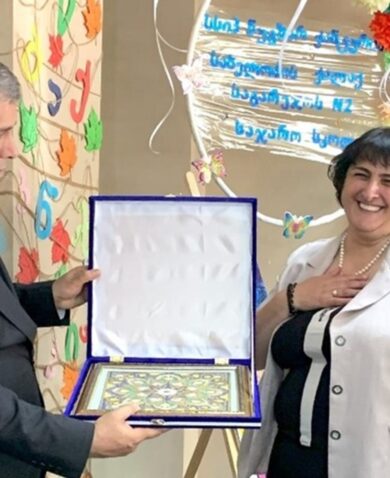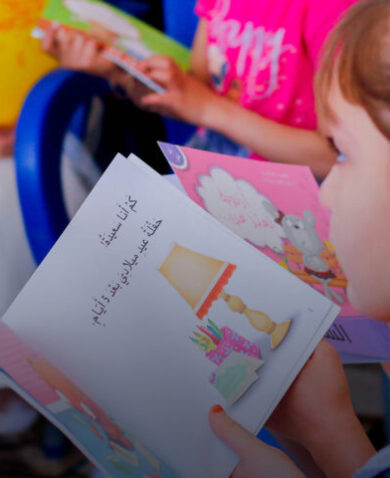
Universal Children’s Day: The Right to Learn in a Safe School
November 20, 2015 | 3 Minute ReadBoys and girls read together in a Zambian classroom receiving support from USAID's Zambia Strengthening Educational Performance - Up Program.
Universal Children’s Day, established by the United Nations in 1954, is a day to devote to the welfare of the children. While we formally recognize the importance of child welfare on November 20, this is a concept that should be reinforced every day and is an essential element to all education work around the world.
The global development community, including USAID, has made progress in children’s access to education. However, it’s not enough to simply have access to education, especially in conflict areas. The education provided must be of quality, and an important indicator of quality is a safe and productive place children can go to learn.
One of the most important things we can do to make schools safer learning environments for kids is to deal with school-related gender-based violence (SRGBV). USAID defines SRGBV as physical, sexual, or psychological violence or abuse that is based on gendered stereotypes or that targets students, both girls and boys, on the basis of their sex, sexuality, or gender identities. The abuse often reinforces gender roles and inequalities within society and can take place in the school, on school grounds, going to and from school, or in school dormitories and may be perpetrated by teachers, students, school personnel or community members. SRGBV can take multiple forms including sexual abuse, corporal punishment, bullying, and verbal harassment.
The number of children affected by SRGBV varies widely among studies, anywhere from 13 to 67 percent, but we know the total is high. Children affected by corporal punishment, for example, total anywhere from 13 to 93 percent. In a study conducted in six countries, including Kenya, Uganda, and Zambia, more than 40 percent of school principals reported learner-to-learner sexual harassment, and 39 percent said that teacher-learner sexual harassment occurred in schools. Roughly 20 percent of students worldwide report having weekly experiences of bullying. Such experiences are having a direct and severe impact on students’ ability to access, attain, or benefit from school. Some studies have also shown that loss of learning associated with bullying is comparable to one year of primary education.
So how do we move forward? We need to focus on empowering children to report incidents of violence and sexual abuse, and build the communication skills and resiliency of both students and teachers. We also must reinforce through school codes of conduct and zero tolerance policies that no child deserves corporal punishment or violence. Combating SRGBV is definitely not an easy task, but there are multiple tools, such as USAID’s Toolkit for Integrating Gender-Based Violence Prevention and Response into Education Projects, to help when designing or implementing education projects.
In Ghana and Malawi, USAID’s Safe Schools Program used the Doorways Training Manuals to bring about change at the teacher, student, and community levels. Doorways is a set of three manuals designed for the classroom and community to make schools safer. At the end of the pilot phase of the Safe Schools Program in Ghana, students believing they had the right not to be hurt or mistreated increased from an 57 percent to 70 percent. In Malawi, the percentage of students who believed teachers did not have the right to shout at, insult, or call students names increased from 77 percent to 93 percent. Prior to the program, just 44 percent of teachers in Malawi knew how to report a violation of the code of conduct; afterwards 83 percent knew how to report violations.
In Uganda, Raising Voices’ Good School Toolkit is being used in 600 schools and represents a systems-level approach to address the culture of schools. The toolkit includes six steps that are designed to help a school undergo a process of behavior change to create violence-free schools. Thus far, violence in program schools has reduced by 42 percent after only 18 months of implementation.
These examples demonstrate that there is a way forward to create safe learning environments. At the end of the day, schools must be free of violence in order for students to learn and grow into healthy and productive citizens.




























